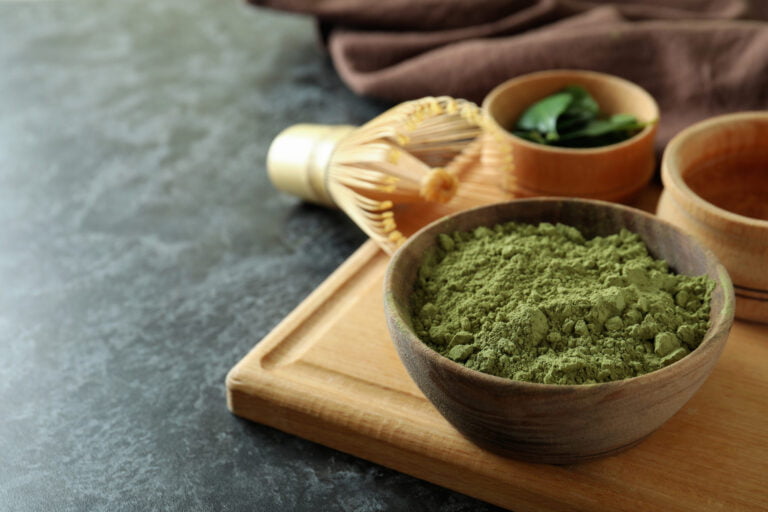If you are suffering from indoor allergies, you may be trying to figure out ways to prevent and relieve your suffering. After all, your home is where you should feel most comfortable. One thing that could be impacting your immune system is your home heating system. Your furnace could be triggering allergic reactions by leaving your indoor air quality, literally and figuratively, in the dust.
Furnace Upkeep

If your heating and cooling stems from an HVAC system, you’ve probably heard about the importance of maintaining clean air filters. Those filters make a major difference in indoor air quality, preventing dust and debris buildup in the furnace. Failing to change these filters or clean them strains a heating system, forcing it to work overtime because you may not be feeling the heat at full force.
This also sends dust mites and other allergens right back into the air, triggering allergy symptoms from itchy skin to a runny nose or nasal congestion. For any unit, airflow is the bread and butter of healthy furnace function. It is important to clean these filters to avoid allowing these irritants to trigger an overactive immune system and set off an allergic reaction.
Identify the source of the issue first. Mold likely means a buildup of moisture somewhere in your system. If you don’t correct the issue, mold will return. With dust, poor air filtration may be to blame. Creatures like mice and cockroaches can also lead to debris in your air ducts. Making that dirty filter disappear will have an instant impact on your allergies.
Improving Air Quality

Your allergic response can not only be brought on by poor maintenance of your furnace but actually by the furnace just doing its job. Furnaces tend to dry out the air inside your home. You may have noticed that when you crank up the heat, your throat feels a little scratchy or your eyes dry out. These allergy symptoms can be reduced by investing in a humidifier.
Experts recommend keeping a household at a bearable humidity that also does not provide a breeding ground for mold and bacteria. This ranges from 35 to 50 percent humidity. A homeowner can also alleviate the issue by just staying hydrated throughout the day. This cleaner flow of air will combat those related symptoms.
While humidifiers can improve air quality in common areas of the home and alleviate symptoms of allergies, they can cause some people to have nose bleeds. This is a common side effect, and medical experts recommend the use of a saline solution nasal spray to alleviate the issue.
Beyond Your Furnace

Allergic reactions can take many different forms. While some people may deal with the common sneezing and coughing fits, contact dermatitis and skin conditions can also stem from allergies. The body attacks each allergen in a different response set forth by antibodies. Your immune system sends out histamines as a response to these triggers, causing your blood vessels to expand. This is why you may have watery eyes brought on by dust from your furnace, or a severe reaction to peanuts, but no allergy to eggs or almonds.
There are a variety of over-the-counter options to help combat allergies, and your doctor may also prescribe certain medications to deal with the symptoms. Some allergy sufferers are also discovering how CBD can relieve your allergy symptoms. The body’s natural endocannabinoid system helps the body regulate to maintain optimum health, and some users have found that the use of certain CBD products can regular everything from appetite and mood to pain and inflammation.
Mast cells are responsible for releasing histamines. When CBD is consumed, it prevents those cells from creating allergy symptoms. This has been found by users to create an immune system boost that regulates the body and avoids allergic reactions or anaphylaxis.
Whatever the source of your allergies, you can help avoid nasal congestion, itchiness, and other related symptoms by making sure that your furnace blower is in tip-top shape, and that you have the humidity level you need to stay healthy.








